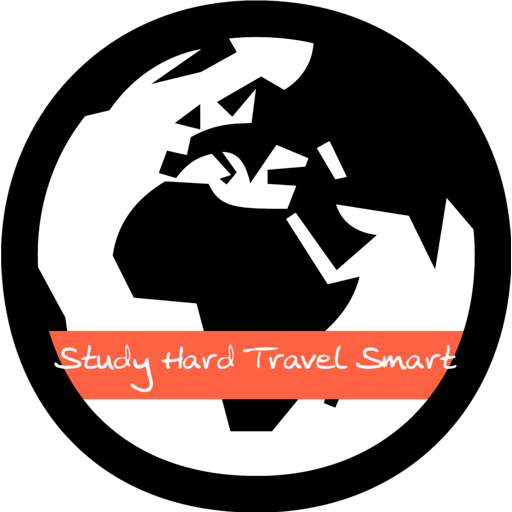Useful Tools for Language Learning
By Chelsea Lachman
—
The ability to speak a language can make traveling and understanding cultures much easier. If you are lucky enough to receive an education involving a foreign language, then most likely you have some basics to whichever language you were taught. But if you never had that opportunity in school and you always wanted to learn, or if you wanted to hone your skills and practice another language, then there are quite a bit of options to pick from.
The most popular option is Rosetta Stone; this language learning program can be catered to extensive learning: it teaches reading, writing, and speaking. Or, upon installation and set-up of the program, you can toggle the program to specifically teach any combination of the above. The program is rather expensive, spanning from $274 (Memorial Day Sale) to over $600, but the program is efficient in teaching a foreign language, or 33 others. Not all languages are offered past Level 1, but many offer at least up to Level 3; each level is four chapters, and within each chapter there are four sessions. Rosetta Stone is rather user friendly and introduces vocabulary in topic sets. Overall, the ultimate decision lies between the cost of the software versus the efficiency of teaching a new language.
Another popular option, at least among the 20-something year olds, is DuoLingo, a free internet website used to teach French, Italian, English, Spanish, German, and a few others for a sum total of 12; however, not all languages are offered in full because they are still in development. The site allows forum conversations to ask questions, and speakers of the language you’re learning can respond and correct you; to repay the favor, you could even contribute to the courses in English to improve the program. DuoLingo is available as an app on smart phones and tablets. It also allows for friends to follow and track each other’s progress. DuoLingo introduces vocab and grammar in relation to a topic, such as Travel, Places, Education, etc. Furthermore, the program works on points, promoting you for practicing, and in order to maintain your language, it shows which areas you need to review over a period of time. Overall, the program is easy to use and trains the learner in a variety of different vocabulary and grammar; on the downside, it requires internet service whereas Rosetta Stone is sourced from a CD.
Most smart phones and tablets offer an array of language learning apps, and often times these are geared towards more popular languages like Spanish and French. Finding a less popular language learning app is rather difficult. Busuu offers 12 languages total and offers free beginner levels for the language, but in order to proceed, you have to purchase the app. Living Language is another option, but it offers the first two lessons of the beginner level, to get past the second level, you have to purchase the app.
Obviously, picking a language learning program revolves around your language of interest (whether or not it is offered), the price, and usability of the program. In my personal usage, I have gone through all of the above four, and found Rosetta Stone really useful, but not practical due to the price, whereas DuoLingo has proven to be more affordable (it’s free!) and just as efficient in teaching a language (provided the language is already developed, like German).






